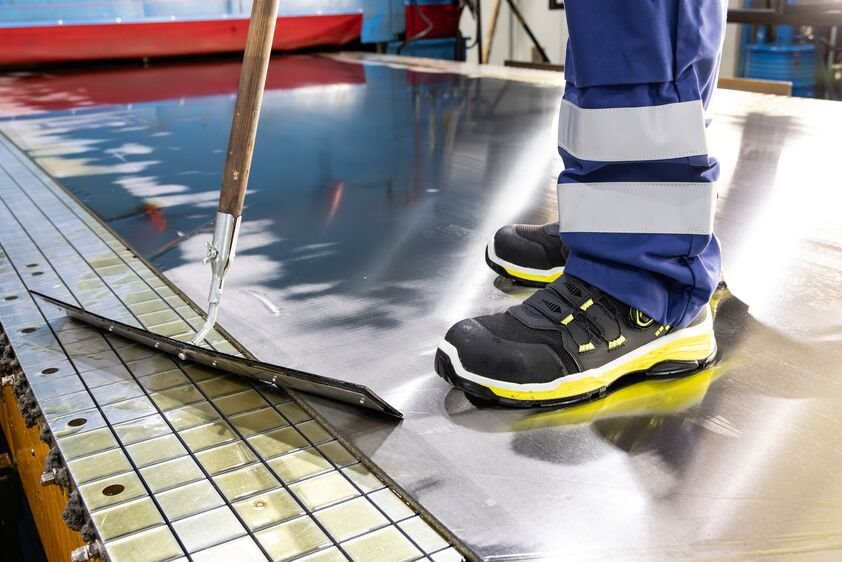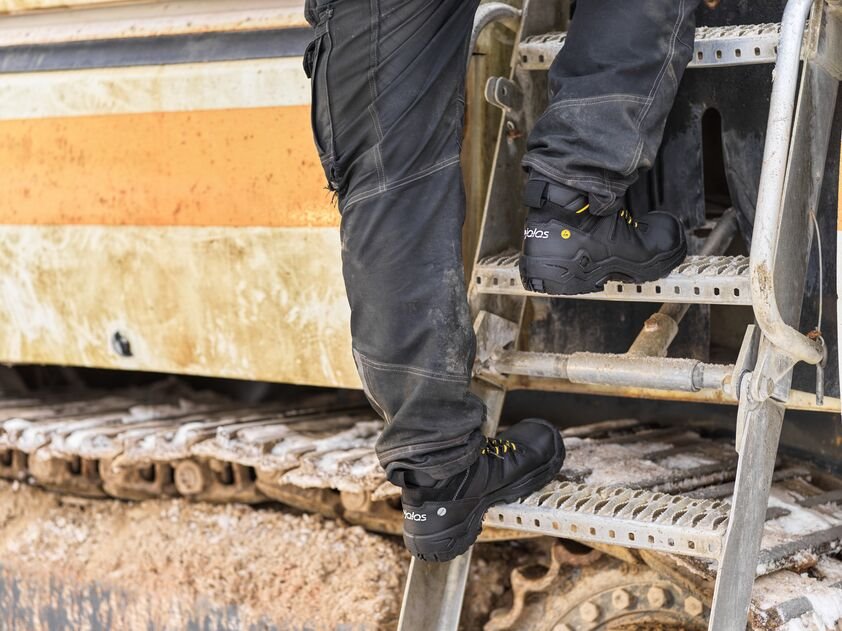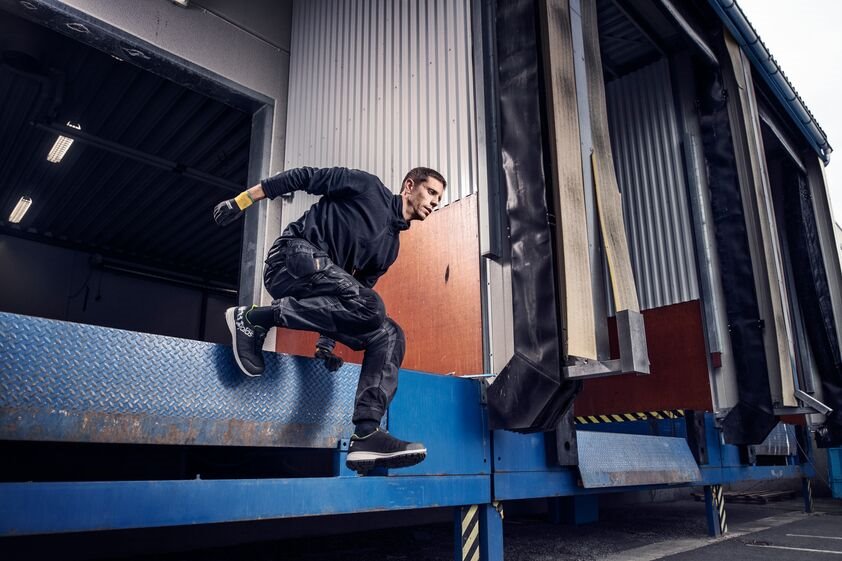Slip Resistance Ratings in Safety Shoes
As safety standards evolve, understanding their impact on the products we rely on is essential. We spoke with Ejendals' compliance expert, Sandra Dahlström, about the latest updates to slip resistance standards in the EN ISO 20345:2022 regulation. Here’s her insight on what these changes mean for workers seeking reliable protection on various surfaces.
Key Updates in the New EN ISO 20345:2022 Standard
Sandra began by explaining that EN ISO 20345:2022 introduces changes that make it easier to understand how safety footwear performs under different conditions, particularly in slip resistance and nail perforation resistance.
Nail Perforation Resistance
The standard specifies three types of markings, distinguishing between steel and non-metal options:
P: Steel insert with a 4.5 mm diameter test nail.
PL: Non-metal insert, also tested with a 4.5 mm nail.
PS: Non-metal insert tested with a smaller, 3 mm diameter nail.
Ladder Grip
This is now a non-mandatory test, allowing some flexibility depending on the intended use of the footwear.
Slip Resistance
Is There Really a “Best” Rating?
One of the most important insights Sandra shared was that there is no single “best” slip resistance rating. “From a standards perspective, these ratings were never meant to create a hierarchy of good, better, and best,” Sandra explained. Instead, the choice of rating depends heavily on the specific conditions of the workplace.
Previously, the EN ISO 20345:2011 standard classified slip resistance into three categories:
SRA: Tested on a ceramic floor with a soap solution.
SRB: Tested on a steel floor with glycerin.
SRC: Met the requirements of both SRA and SRB.
Sandra Dahlström
Product Compliance Manager at Ejendals
Discover More about EN ISO 20345:2022
Want to know what else is new in the EN ISO 20345:2022 standard? Find out here.


